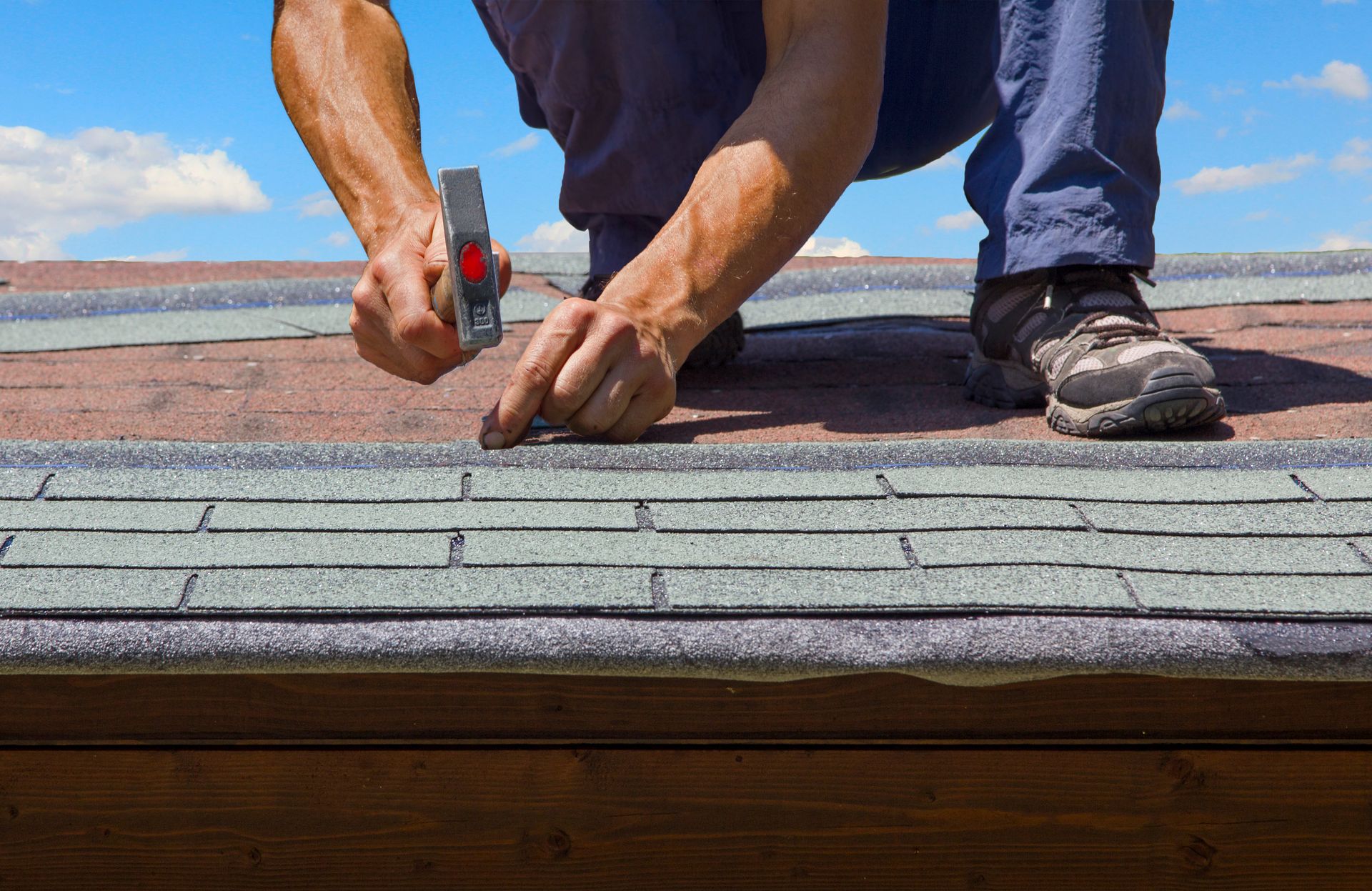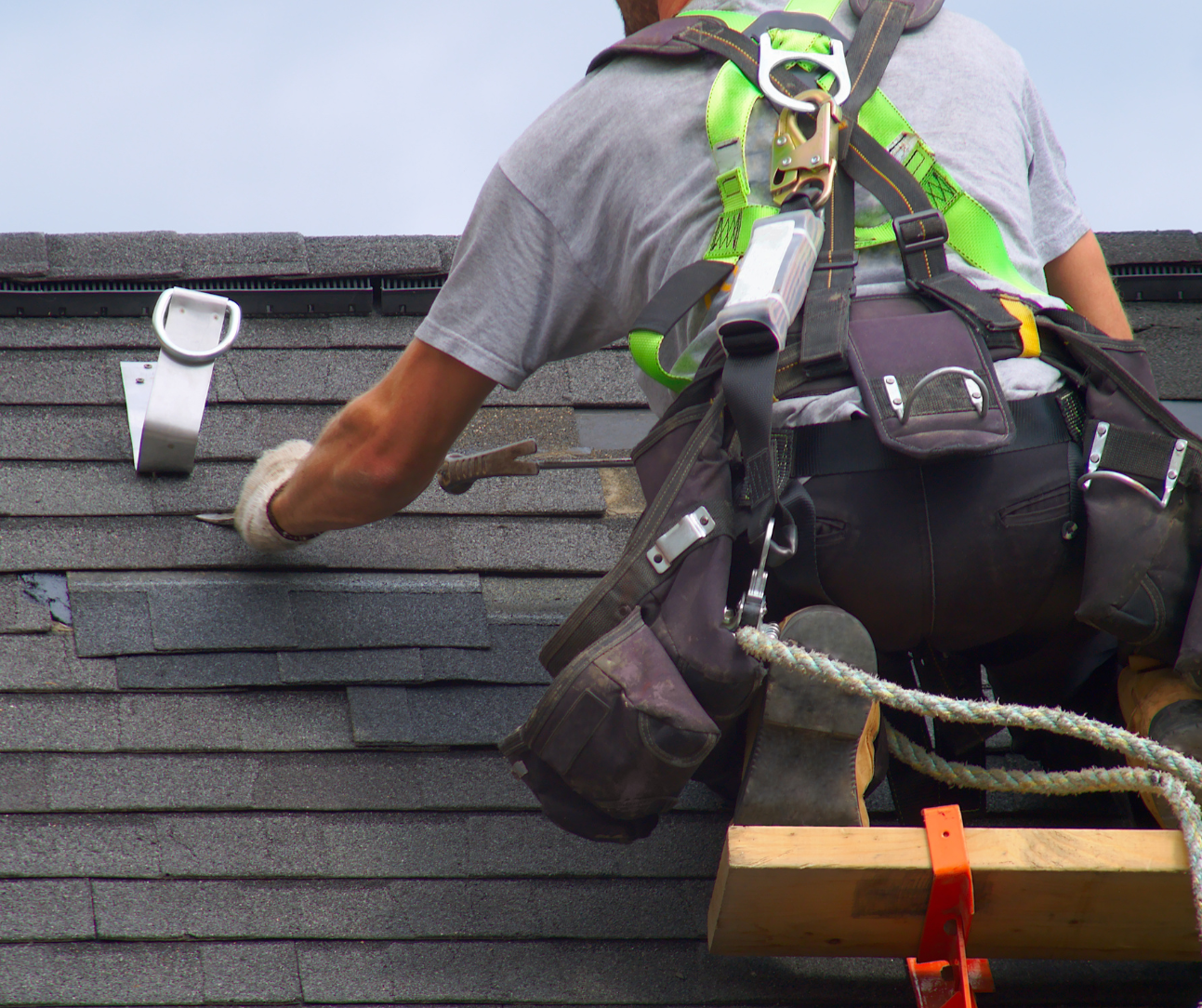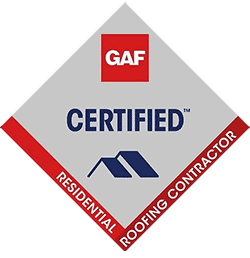Roofing Materials: Choosing the Right Option for Your Home
When it comes to home improvement projects, replacing your roof should be at the top of the list. Not only does a new roof provide significant protection from climate conditions, but it can also greatly improve the look of your house. With so many different types and styles of roofing materials available on the market today, it can be hard to decide which one is right for you.
Calling a roofing professional in your area can help you narrow down your options and gain clarity on which material is right for your home, including considerations such as durability and cost-effectiveness.
Homeowners want to get the best quality for the right price. Working with a roofing professional can help you with guidance from the start by completing a roofing inspection, to the finish by installing or replacing your roof. They can take care of all your roofing needs with the knowledge and resources to do so.
The importance of replacing a roof in home improvement projects
Replacing a roof is essential, especially for older homes. A new roof can offer countless benefits, such as improved curb appeal, better insulation, and increased energy efficiency. It can also help protect the home from water damage and lower the cost of heating and cooling. Additionally, a new roof can add value to your home, potentially increasing its resale value when it comes time to sell.
Types of Roofing Materials
When it comes to roofing materials, many factors should be taken into consideration. Durability, cost-effectiveness, energy efficiency, and aesthetics are all important considerations when choosing what is right for you.
Durability
Durability is one of the most important considerations when looking at different types of roofing materials. Different materials have varying degrees of durability and resistance to harsh weather conditions such as wind, rain, snow, and extreme heat temperatures.
Metal roofs: They are considered the most durable option as they can last up to 50 years or more. They usually last as long as the house and can withstand the elements efficiently even gusts of winds over 100 MPH.
Asphalt Shingles: They tend to be less durable but still provide good protection against the elements and can last up to 25 years with regular maintenance. However, shingles can be broken or torn off due to high winds. These shingles make up a large percentage of what is used on most homes.
Clay Tiles: Clay tiles have been used for centuries and are considered highly durable as they can last up to 70 years or more. Clay is also fire-resistant, making it an ideal choice for homeowners in wildfire-prone areas or high-heat areas such as Georgetown, Texas. Tiles do have the ability to break and crack and should be fixed immediately.
Wooden Roof: Wooden roofing is not as common, but it can still provide excellent protection from the elements. This type of material tends to last up to 30 years depending on the type of wood used and requires a lot of regular maintenance. It isn't that resistant to water and can easily burn if there is a fire.
Cost-effectiveness
Cost is also an important consideration when choosing a roofing material. You want to make sure you are getting your money's worth but also staying within a budget that doesn't cause a financial strain for your family. Hiring a roofing professional is a good way to ensure that you invest wisely in the best roofing material for your home.
Asphalt shingles: They are typically the least expensive option.
Asphalt three-tab shingles cost around $90 per square. (Forbes, 2022)
They require little maintenance and can be installed quickly which also helps with the labor it takes a roofing professional to install.
Metal roof: Metal roofs are considered the most expensive option.
Expect to pay between $275 and $400 per square for a metal-shingled roof (Forbes, 2022). However, they last much longer than other types of roofing materials making them a great long-term investment for the cost.
Clay tiles: Clay tiles are also more expensive, but they can last up to 70 years or more which makes them a great investment.
On average, you can expect to pay between $300 and $1000 per square. (Forbes, 2022).
Wooden Roof: Wooden roofs require a lot of maintenance which can increase the cost of not only the installation but also the life span. However, they can initially be cost-effective in some cases and are a middle-point price. The cost for wooden roofs is about
$350 to $500 per square. (Forbes, 2022)
Energy Efficiency
Energy efficiency is another factor that should be taken into account when selecting a roofing material for your home or business.
Metal roofs can reflect heat from the sun in summer months which helps keep buildings cooler without relying on air conditioning systems as much as traditional asphalt shingle roofs do.
Tile roofing is also very energy-efficient as the material does not absorb heat and can keep homes cooler in hot climates. Clay tiles are known to be even better at reflecting the sun's rays than metal roofs.
Wooden roofs do not provide the same level of energy efficiency as other materials, but they are a good option for those looking for attractive roofing materials.
When it comes to selecting a roofing material for your home there are many factors to consider. The materials' durability, cost-effectiveness, and energy efficiency are all important considerations as they will play a role in how long your roof lasts and how much money you save over the years due to maintenance.
Understanding the different types of roofing materials available along with their benefits can help homeowners make informed decisions on what type best suits their needs and budget. Long-term benefits of increased property value increased energy efficiency, and durability should be weighed against the initial cost factor. Finding the right roofing services will give you the ability to focus on what is more important when it comes to your roofing needs and the best way to obtain the roof you want.
If you are looking for roofing services in Georgetown, Texas,
Alco Roofing is the go-to roofing specialist. We provide a free roof inspection and consultation to assess the current condition of your roof and compare it to what you need. With over a decade of experience, we have the knowledge and resources to provide your family with a secure roof over their head.
Contact us to receive your free estimate and to begin your roofing services today!






